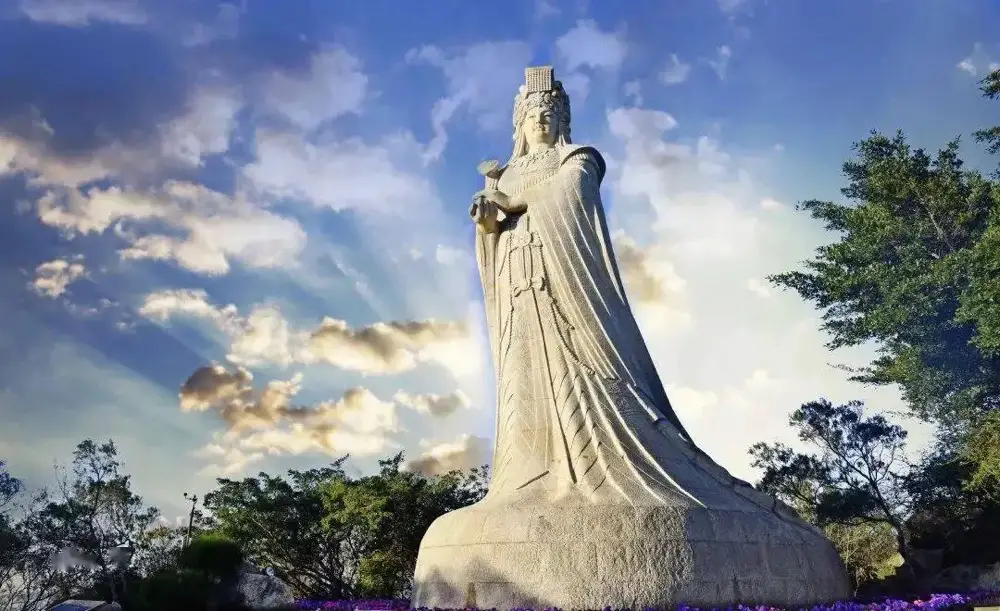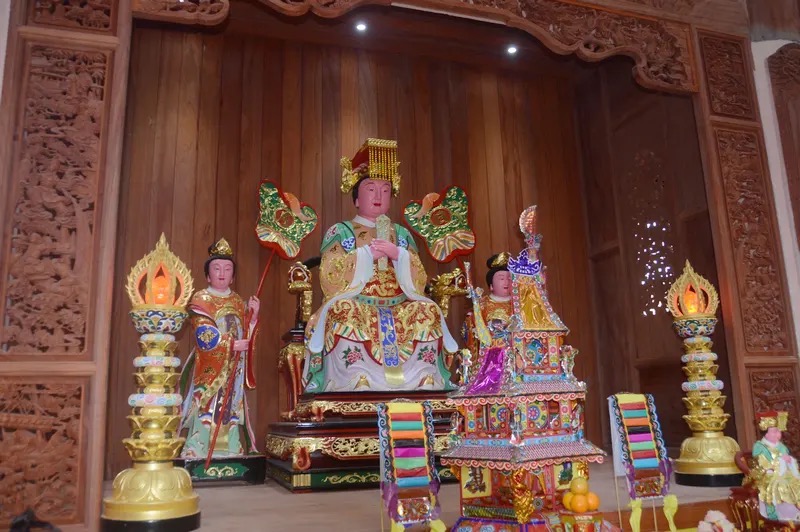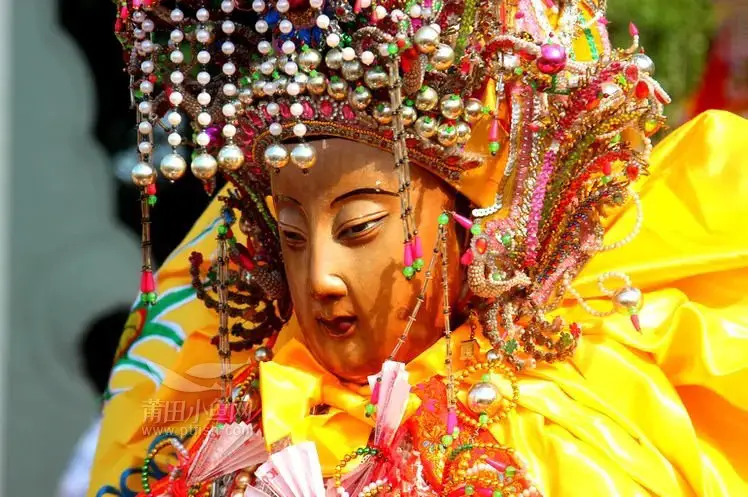Mazu is an interesting character in Chinese mythology who is said to have lived a very extraordinary life compared to her agemates. I will explain in detail how Mazu lived her life, died, and became the sea goddess.
What is Mazu?

Mazu or Matsu is a Chinese goddess believed to have several powers, including the power over the sea, so she can protect fishermen, seafarers, and all those who live by the sea. Mazu, when translated into English, means the goddess of the sea. Mazu, the sea goddess, is widely known in Fijian Province, located in East China, where she is believed to have come from. She is also famous in China’s coastal areas and a few countries. The beautiful and most loved goddess can also be referred to as the ‘Empress of Heaven,’ the ‘Daughter of the Dragon, the Motherly Matriarch, and the ‘Kuan Yin of the Southern Sea.’ Fishermen are believed to pray to the Mazu goddess for blessings and protection before casting their nets into the sea, a large fish catch, and a safe return from the sea to their homes.
Mazu goddess history
Although little is known about the real Mazu, who was referred to as Lin Mo Naing when she was alive, she is said to have been a very intelligent girl and never cried after being born. Mazu is said to have grown up in a typical traditional village, with her father being a local fisherman. She would later take an interest in swimming and used her skills to save and guide boats out to fish. It is said that, unlike her mates, Mazu would stand by the shores adorned in red attires whenever the sea weather was frightening, ready to rescue anyone who might need help. Mazu was then blessed with other powers, including healing the sick and preventing major disasters in her village. She is also said to have been a rainmaker whenever her village faced drought issues.
Mazu goddess birthday

Mazu was born on the 23rd of the third lunar month, April, in a small village in Fujian province. Before she was born, Mazu’s mother prayed to goddess Kuan Yin for her, as she desperately wanted a daughter. Unlike any normal child born from her mother’s womb, Mazu is said to have been born with a flash of light. The baby did not utter any sound during her first few years and would grow into a very special child. To celebrate her birthday, millions of her followers and believers usually gather at Mazu’s main temple on Meizhou Island, where they hold temple fairs in her honor. The main feature of this festival is the religious ceremony carried out on the steps of Mazu’s former grand courtyard, followed by interesting shows of music and dancing by different school children.
Who are Mazu’s parents?
Mazu was born as a normal child to a father and her mother. Her father was called Lin Yuan and was widely known in his village as he was a successful fisherman. In other theories, however, Lin Yuan is said to have been a superintendent of Fijian providence, where she was born. Little is known about her mother, but she is said to be a very religious woman who used to pray to goddesses. Mazu’s parents are said to have been blessed with sons, and Mazu was their seventh child.
How did Mazu become a goddess?

The tales of how Mazu became a goddess are quite interesting. It said that after she performed several miracles and saved numerous people in her village, Mazu decided that it was finally time for her to leave, as she had already done enough. She is said to have walked to the top of a hill, where she magically disappeared in the cloud and ended up in heaven as a goddess. It is said that after her departure, a rainbow appeared from where she had been standing, a sign of good luck in China. However, other theories suggest that Mazu died in a river drowning as she tried to save her father, who had drowned while fishing with her brothers. Other theories also argue that Mazu died in meditation and, after that, became a goddess.
Is Mazu real?
Mazu goddess is a name given to a sculpture recreated to represent Lin Mo, a young girl that lived back in 960 AD. She was also known as Lin Moning. An image to represent her was sculpted after her death by fishermen and seafarers, and her village people who still felt that Lin Mo had turned into a goddess and would continue looking after them while they were in the sea. Before becoming Mazu, Lin Moniang was born from normal human beings, her mother and father Lin Yuan but would be a little different from other children. Her uniqueness would accompany by some powers, in which she could heal people and even prevent major calamities from happening. Lin Moniang would later become a famous swimmer in her teens and would spend most of her time by the shores looking out for boats that were in danger. Her life would, however, end at the age of twenty-eight, when she is believed to have ascended to heaven to become a goddess. Although she had brothers, little is known about them, as they are rarely mentioned in the myths stories.
Mazu goddess story
Mazu’s story when she was still Lin Moniang revolved helping her villagers and healing the sick. Her swimming prowess also saw her famous in her village, as she saved fishermen and seafarers from drowning. Besides all this, Mazu is said to have captured the hearts of two men, General Chien-Li-Yen, currently known as the ‘Eyes that See a Thousand Miles’, and General Shun Feng Erh, who sculpted image known as the ‘Ears that Can Hear the Wind.’ These men wanted to marry her, and Mazu put them up for a challenge. It is said that Mazu told both of them that she was going to fight them, and if they lost, they would be at her service forever. Due to her training in martial arts skills, Mazu defeated both men and killed them, which is why they were always at her side.
Conclusion
The story of the birth, the life, and the death of Mazu, the sea goddess, is an interesting one that not only tells us about this special girl that lived thousands of years ago but teaches us about some Chinese beliefs. This is the story of Mazu, and I hope you enjoyed it.
